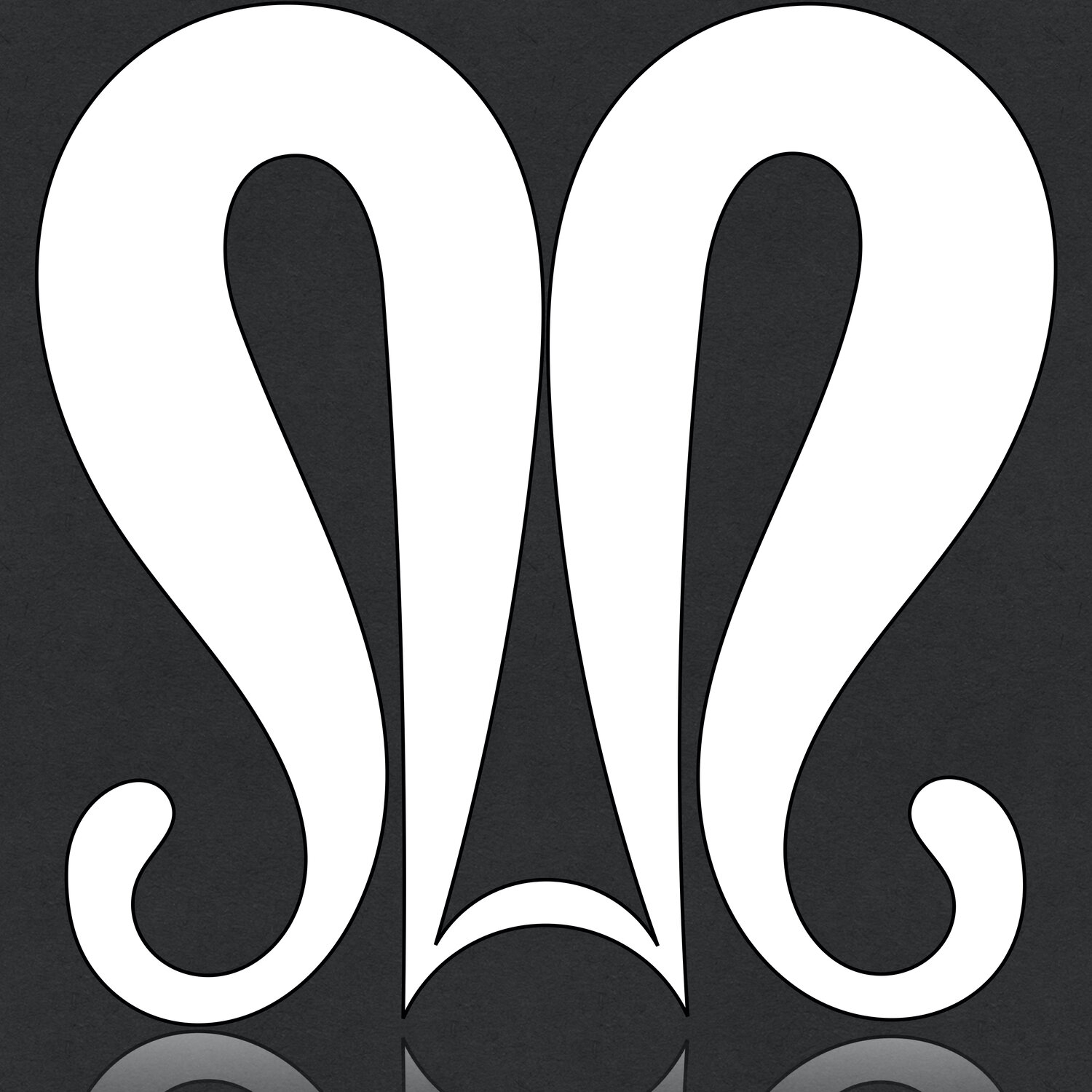Weekly Pattern Analysis: The Modern Maker Doublet Pattern
This week's pattern analysis goes hand-in-hand with the work that I'm doing to re-write The Modern Maker Volume 1: Men's Doublets
These two drafts represent the same doublet but are drafted for different size ranges. While the back pattern pieces are nearly identical in their proportions, save only that the larger size is slightly longer waisted, the front pieces are quite different.
As the use of TMM1 and 2 has picked up in the past couple of years, many people have come across an issue that is common in all proportionate drafting systems -- some of the proportions don't really work when scaled out too far from the original, standard size.
The reason for this has everything to do with the one inherent issue in using proportionate systems, the size of the ease and the seam allowances increases right along with the proportion tape that is used. Most designers tend to choose a small size for their base pattern and then, when scaling up, everything becomes exaggerated...shoulders become too long, necklines become very large, body circumference is too loose etc. In the case of Victorian and Edwardian Scaling systems, the whole pattern was drafted with the Bust/Chest scale and while that creates everything in the right widths, the patterns would inevitably need to be adjusted for length. Especially in larger sizes, length could become a serious issue for over-growth.
For example, the standard size that I originally drafted, way back in the day, was a size 40 regular. The garment had 3 inches of ease included in the measures and all seam allowances were 3/8" standard. It was a comfortable, yet snug doublet...but only if you made a size 36-42" garment. Once you passed a size 44, the amount of ease grows too much and suddenly you have five inches or more of ease...in contrast, when it was scaled down to fit people with smaller chest measurements, the amount of ease and the sizer of the seam allowances reduced along with the size of the chest until there was so little ease that the garment could not be worn.
In historical proportion systems, it was "understood" that for larger sizes, you might use a proportion tape that was one to two sizes smaller than the actual chest measurement to counteract this over-growth issue. Similarly, for smaller sizes, you might use a chest tape that was one to two sizes LARGER than the person's chest measure to keep the seam allowances and ease to reasonable amounts.
This really works (I have had great success with it), but it is a LOT to expect of people who are just learning a new measuring system for making patterns. To help lower that learning curve, I have created the same drafts using slightly different proportions which will enable the user to create proportionally accurate patterns for size RANGES rather than simply presenting a single draft and hoping that it scales well in both directions.
There are always cases where the process will fail, but as the author, I can absolutely help to combat these scaling issues that are inherent to proportionate measurement so that the user can have a less stressful experience overall.
Of course, it will not merely be these two variants, I still have others to draw up...for example proportionate patterns for those who have waists that are as large, or larger than their chests...this is one of the more common drafting variants that needs to be addressed.
I look forward to being able to help even more people create garments that FIT.
To that end, I intend to create a section that discusses fitting practices. I approach fitting differently from many people and a lot of that has to do with the system itself as well as the process with which the garments are sewn. The garment's construction and the pattern are interrelated and I think it is too common that people consider the pattern as a separate idea from the manner in which the garment is sewn up. I am looking forward to discussing this in detail in the newest chapter..."Finding the Right Fit."
I'm so excited to be "back in the saddle" with the re-write. I am still on track for a projected Valentine's Day release...but I'm holding off on making the date official until I'm a little further into the newest chapter.
I hope you have all had a great start to the new year and I'm looking forward to the global recovery from COVID-19 and the improvements in all of our lives that will inevitably result from it!
As Always,
Happy Stitching!
